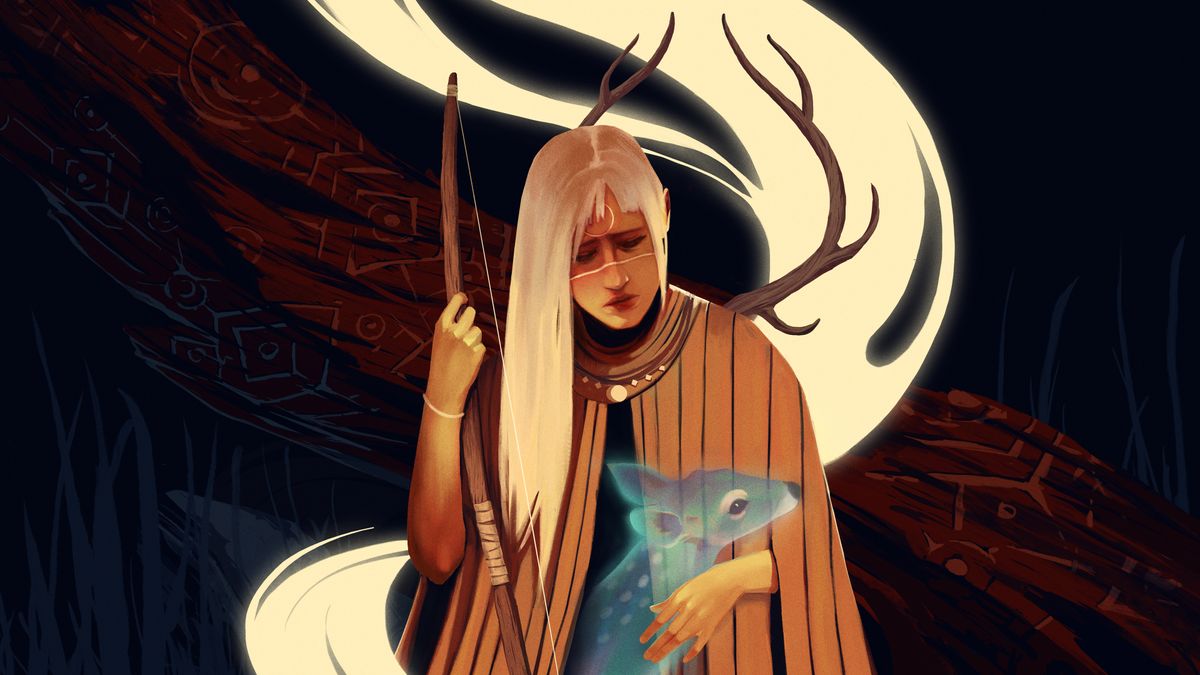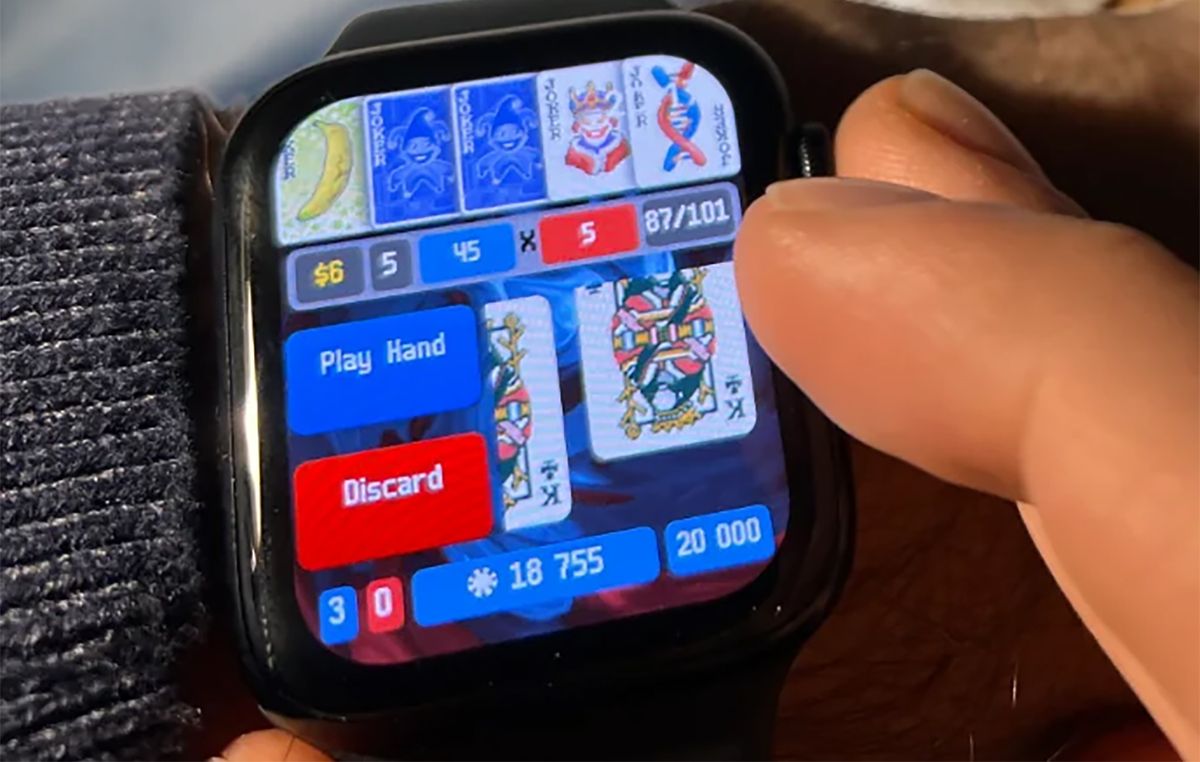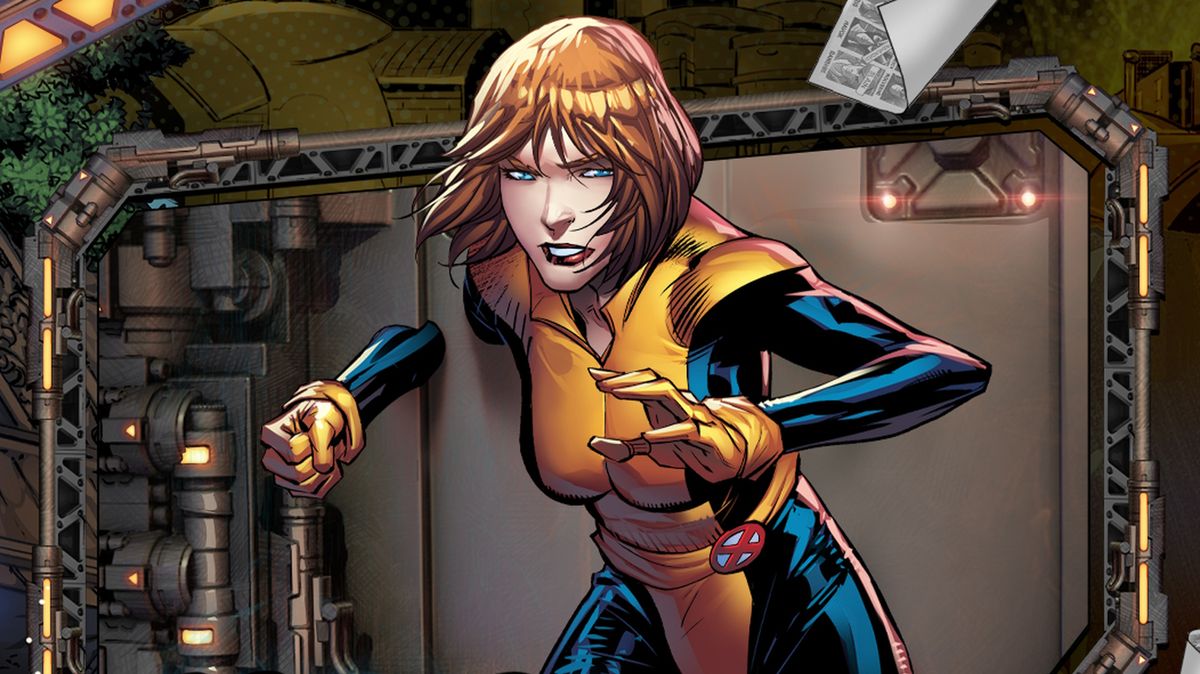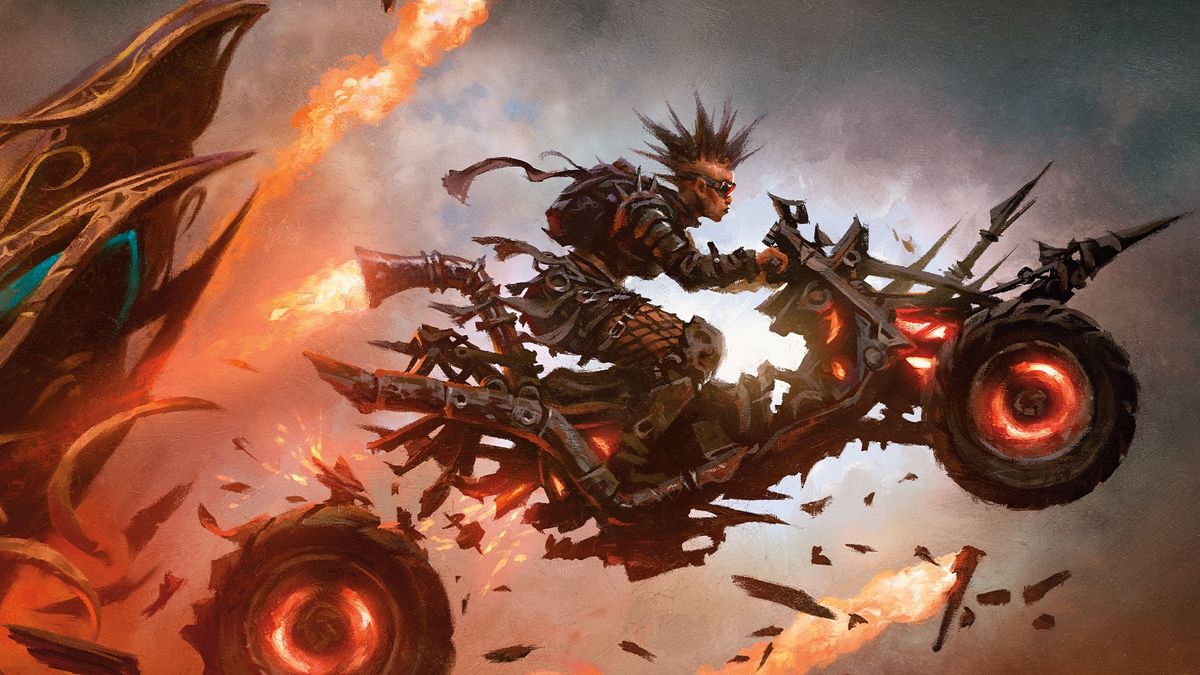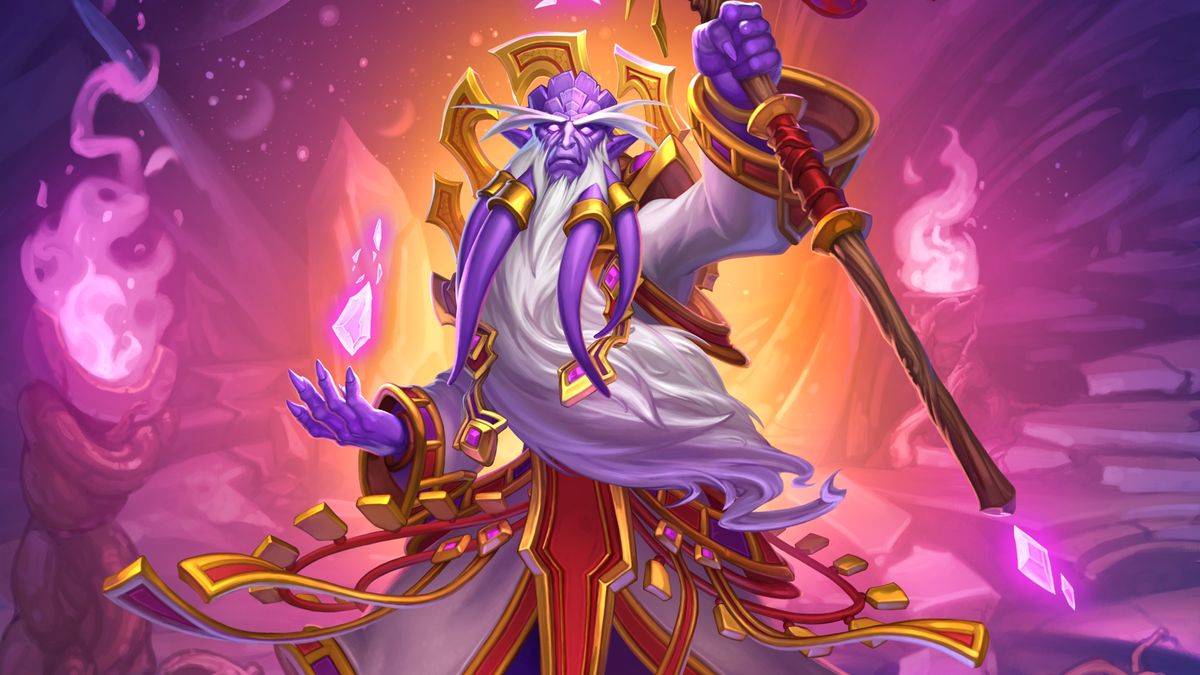I am going to admit I rolled my eyes a bit at Demise Howl’s self-proclaimed style, “soulslike deckbuilder”. Reporting on PC video games can really feel a bit like wading via phrase salad typically, and it is onerous to think about how two genres so radically totally different may probably be mixed. However I am not too proud to confess my first impression was unsuitable right here. Not solely does Demise Howl deliver the 2 collectively fantastically, it is also a extremely glorious turn-based technique recreation as well.
The sport begins in prehistoric Scandinavia, with a grieving mom getting into the spirit world to attempt to retrieve her deceased son. Within the ethereal forest she finds herself in, the boy has taken the type of a deer—and she or he should make her manner via a forest filled with hostile animal spirits to search out him.
You are in a position to discover this realm freely, however many paths are blocked by enemies—begin certainly one of these encounters, and the muted forest setting is changed with a foreboding black and crimson grid earlier than the battle begins. These isometric turn-based technique battles are the meat of the sport, and undoubtedly Demise Howl at its cleverest.
-
This wicked roguelike will flip you right into a determined sociopath… uh, in a enjoyable manner
-
9 Sols evaluate
Every flip, you begin with 5 vitality, and draw a hand of playing cards out of your deck. Every card allows an motion for a value in vitality—initially a crude choice, together with throwing a rock at a foe, shielding your self with a lump of wooden, or pushing the goal again together with your workers. However crucially, motion additionally prices vitality—one for each sq. moved—and positioning is all-important.
The place you stand in relation to enemies on the finish of your flip is life-or-death. Birds, for instance, shoot projectiles in a straight line. If they’ve to maneuver, they’re going to solely shoot one—however for those who’re already within the line of fireside when their motion begins, they’re going to hit you twice. Equally, boars like to cost—it is typically most secure to be adjoining to them, as a result of in the event that they’re in step with you and a number of areas away, they’re going to construct momentum and slam into you for elevated harm.
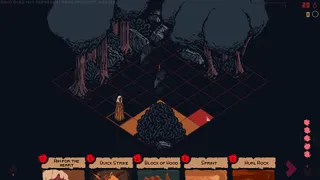
You are tipped off to risks like these by a crimson exclamation mark above the pinnacle of any enemy able to drag off its optimum assaults, however the specifics should be deduced in play, and with no undo button it’s totally doable to finish up within the path of 1 by accident with out sufficient vitality left to keep away from it. Information is energy—the extra you battle (and fail), the extra you be taught the patterns of every enemy and the way they could be countered.
As in a extra typical soulslike, the outcome is an excellent sense of development within the participant themselves, fairly than simply the character. Your first time encountering a brand new enemy is more likely to be brutal and tough—it would take a number of tries to beat, and even then solely scraping via with a sliver of well being left. However returning to that very same enemy once more, you end up dancing round it with ease, slaying it with out taking a single hit. It isn’t since you’ve merely levelled up your stats—you do acquire in energy and unlock new playing cards, however progressively, and infrequently in a manner that merely opens up different methods fairly than merely making you stronger. No, it is as a result of your onerous work has closed a data hole, and you’re rapidly mastering your setting.
It creates an exquisite mixture of simplicity and depth, boiling the sensation of soulslike fight all the way down to core ideas. In Darkish Souls, you will have a simple set of actions—mild assault, heavy assault, roll, block, transfer—however solely restricted time to make use of them earlier than your enemy reacts, and your decisions (proper or unsuitable) every have a big impact. It is the identical right here, merely with a hand of playing cards as a substitute and a restricted pool of vitality creating the choice house as a substitute.
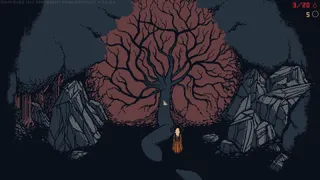
Exploration is not fairly as substantial as in certainly one of FromSoftware’s sprawling, layered environments, however the way in which paths are gated by enemies is used to intelligent impact. Therapeutic at a stone circle (Demise Howl’s equal of a bonfire) naturally respawns all enemies on the map, as soon as once more blockading paths you’ve got beforehand cleared. However you are free to teleport between any stone circles you’ve got already visited, which successfully makes them your checkpoints. Progressing to totally different components of the map, then, turns into a query of what gauntlets you suppose you are able to run. Can I defeat this encounter, this one, and a boss battle with out having to retreat and heal in-between, or do I have to push in different, seemingly much less harmful instructions first and see what new assets I can collect?
Once more, like a traditional soulslike, it is pushing you in direction of perfection. Beating a bunch of enemies for the primary time is its personal victory—but when it leaves you bloodied and bruised, then the highway forward from there may be dangerous. You have not actually secured your foothold till you possibly can beat them with much less of a value, leaving you recent for no matter problem lies past them.
In a turn-based technique recreation fairly than a real-time motion recreation, there’s a hazard of the repetition being extra grating—however Demise Howl anticipates that neatly. While you die, you merely respawn proper subsequent to the battle that killed you (restored to no matter well being worth you had been at when the battle began), as a substitute of all the way in which again at a stone circle, permitting you to experiment with methods with out feeling penalised.
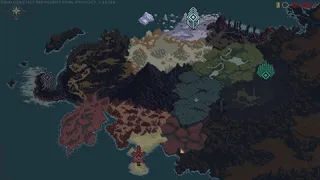
And fights are sometimes recontextualised in attention-grabbing methods. Approaching one from the wrong way when back-tracking, for instance, begins you on the other aspect of the grid, making a fairly totally different battle with the identical foes. Sidequests add additional wrinkles. Within the forest, I discovered a misplaced bluebird that wanted reuniting with its favorite tree. It could fly away if I teleported, forcing me to succeed at a brand new mixture of encounters to achieve my purpose, and it acted as a curse in my deck—if I drew the bluebird card and could not do away with it earlier than my flip ended, it might revive a random enemy. This straightforward mixture of results created a brand new gauntlet for me to check myself in opposition to, combining encounters that I hadn’t needed to battle in a row earlier than and inspiring me to remix my deck round mitigating an sudden drawback.
As I attain the top of the forest, the free demo involves an finish—however I am given a glimpse at an intriguingly massive and diversified world map, hinting at a formidable scale for the ultimate recreation. Demise Howl will not be for everybody—its sluggish tempo and tough problem demand persistence, and never everybody will likely be interested by repeating fights looking for the right methods. However after simply a few hours with it, I already suppose it is a potential GOTY contender for 2025—a splendidly intelligent and efficient hybrid of two genres I assumed would by no means meet.

